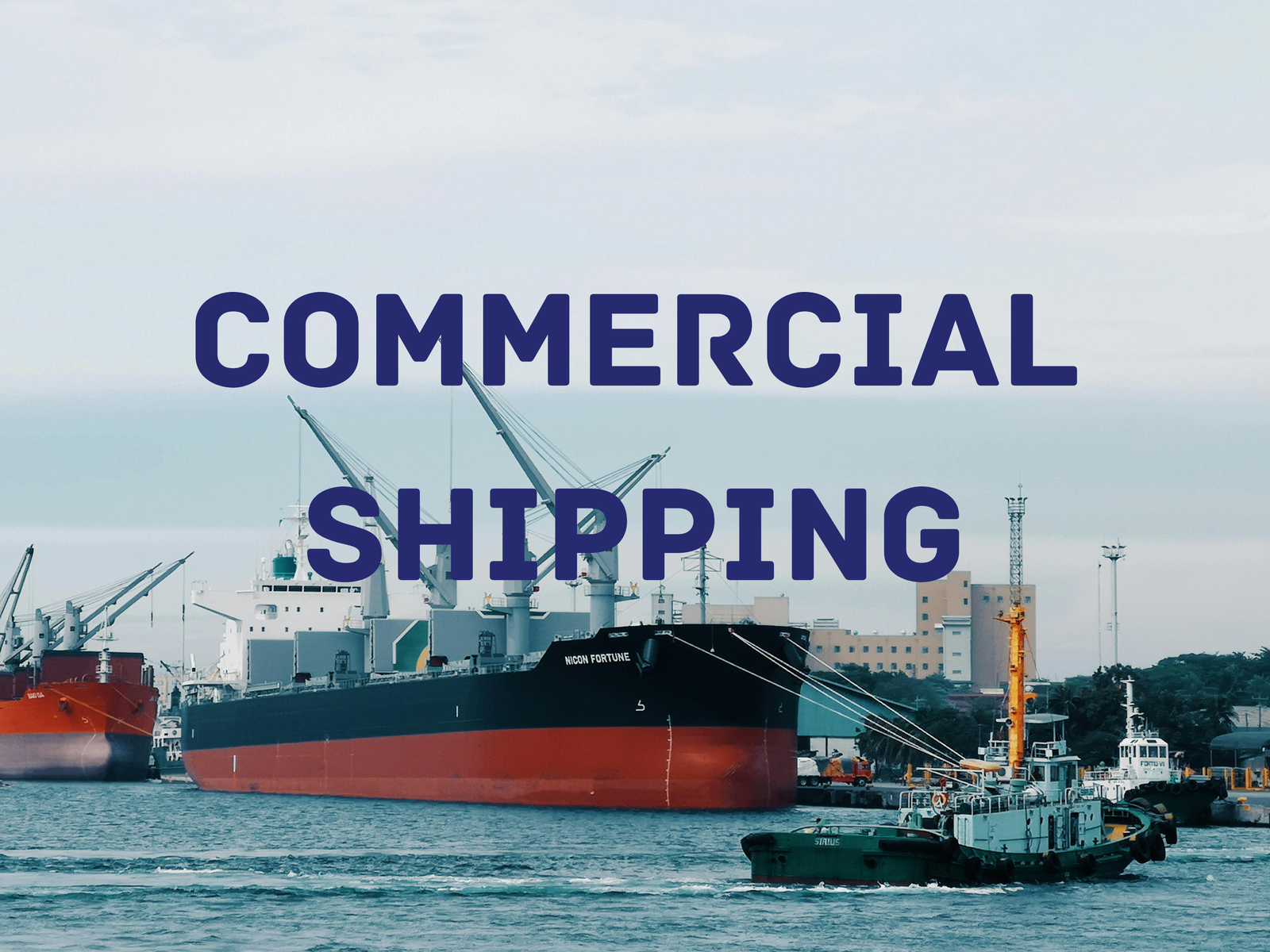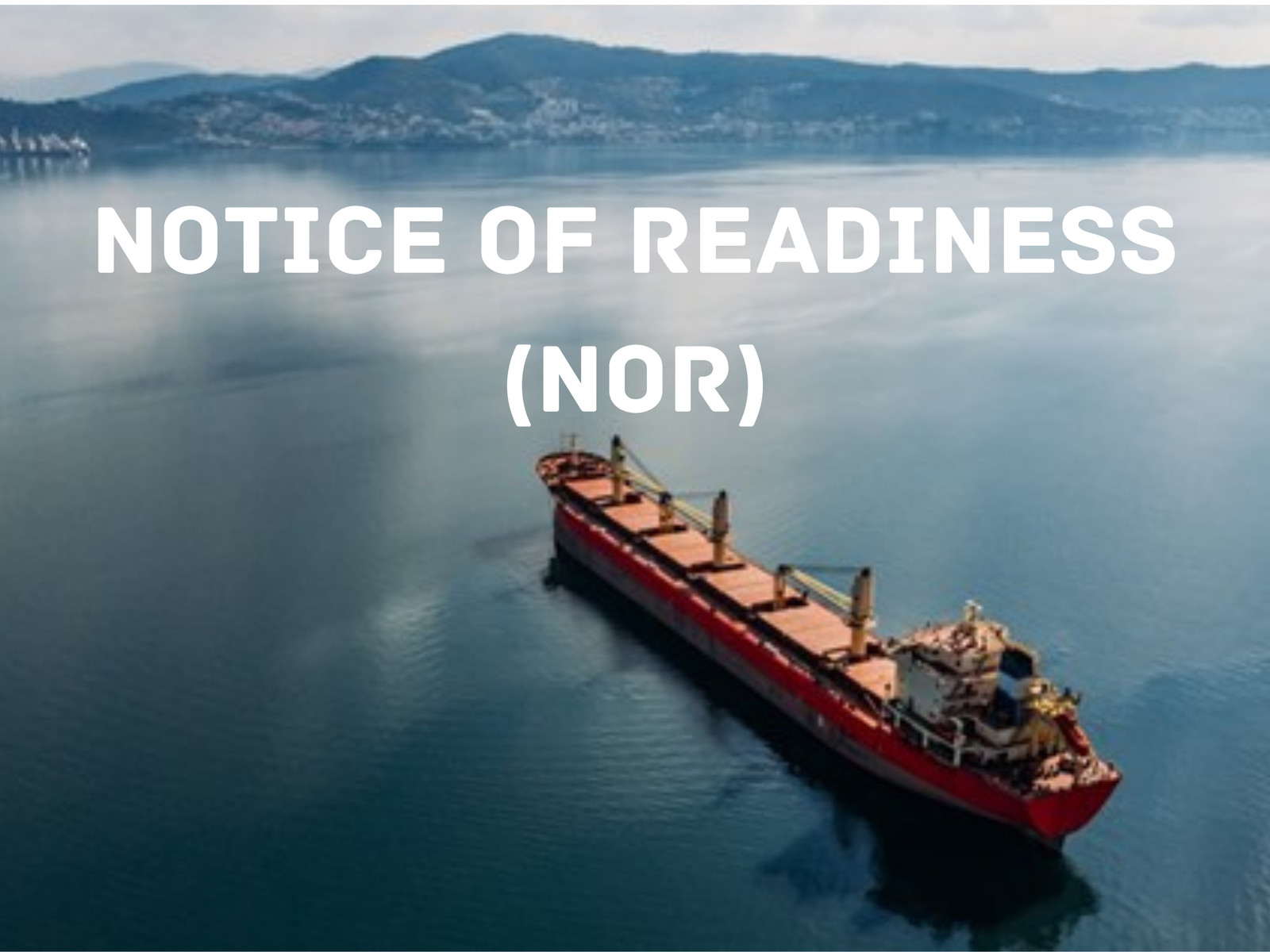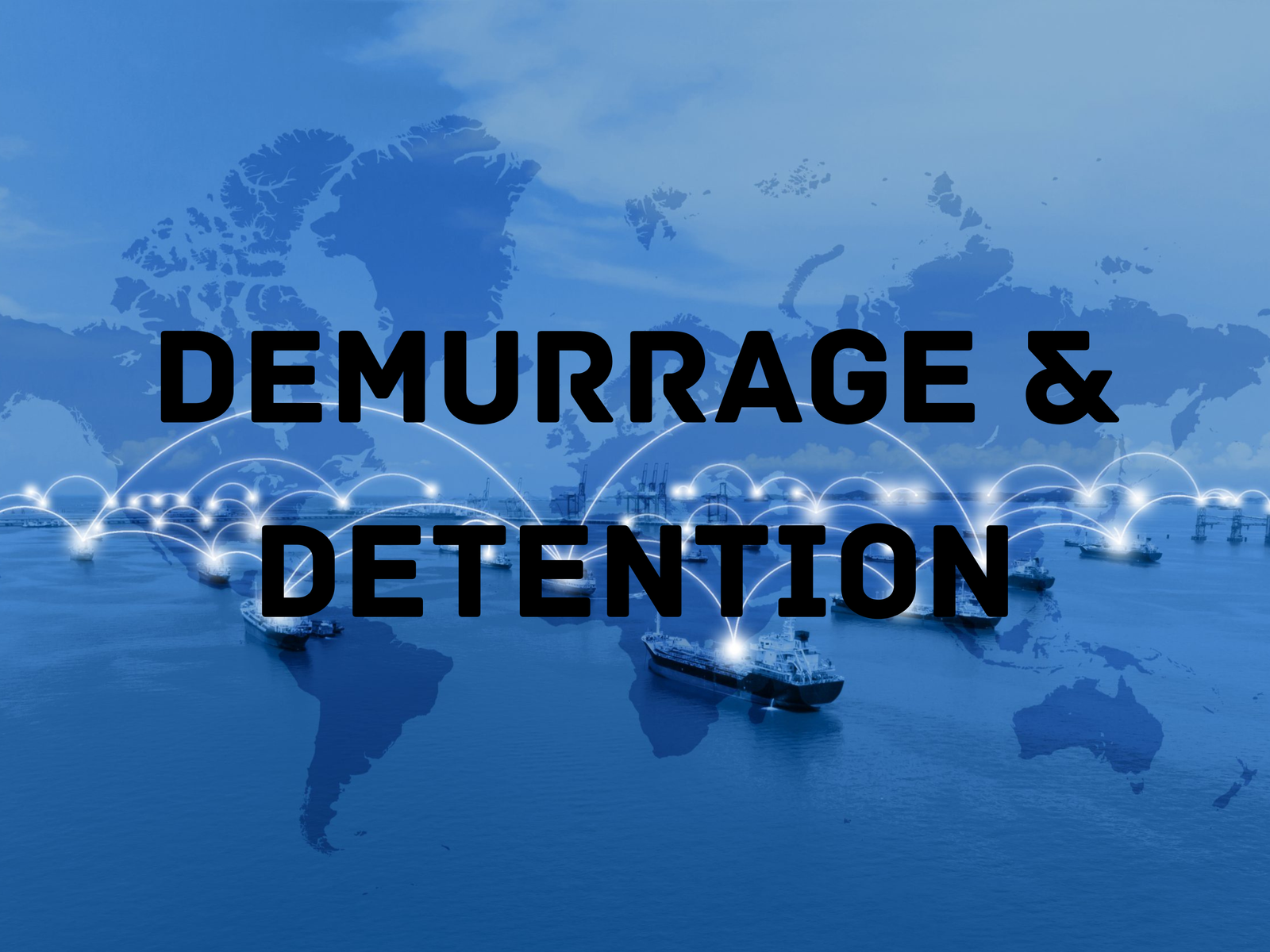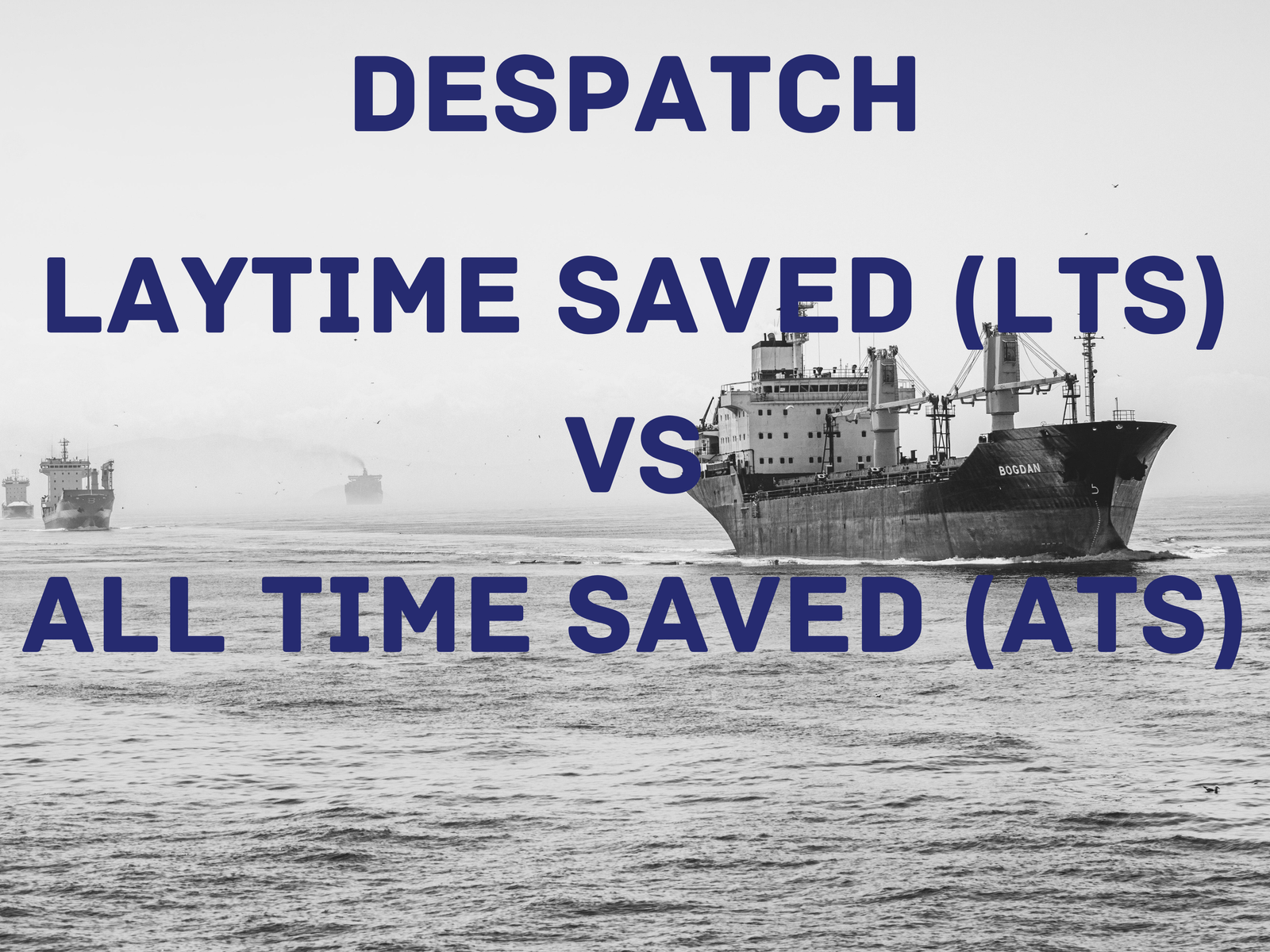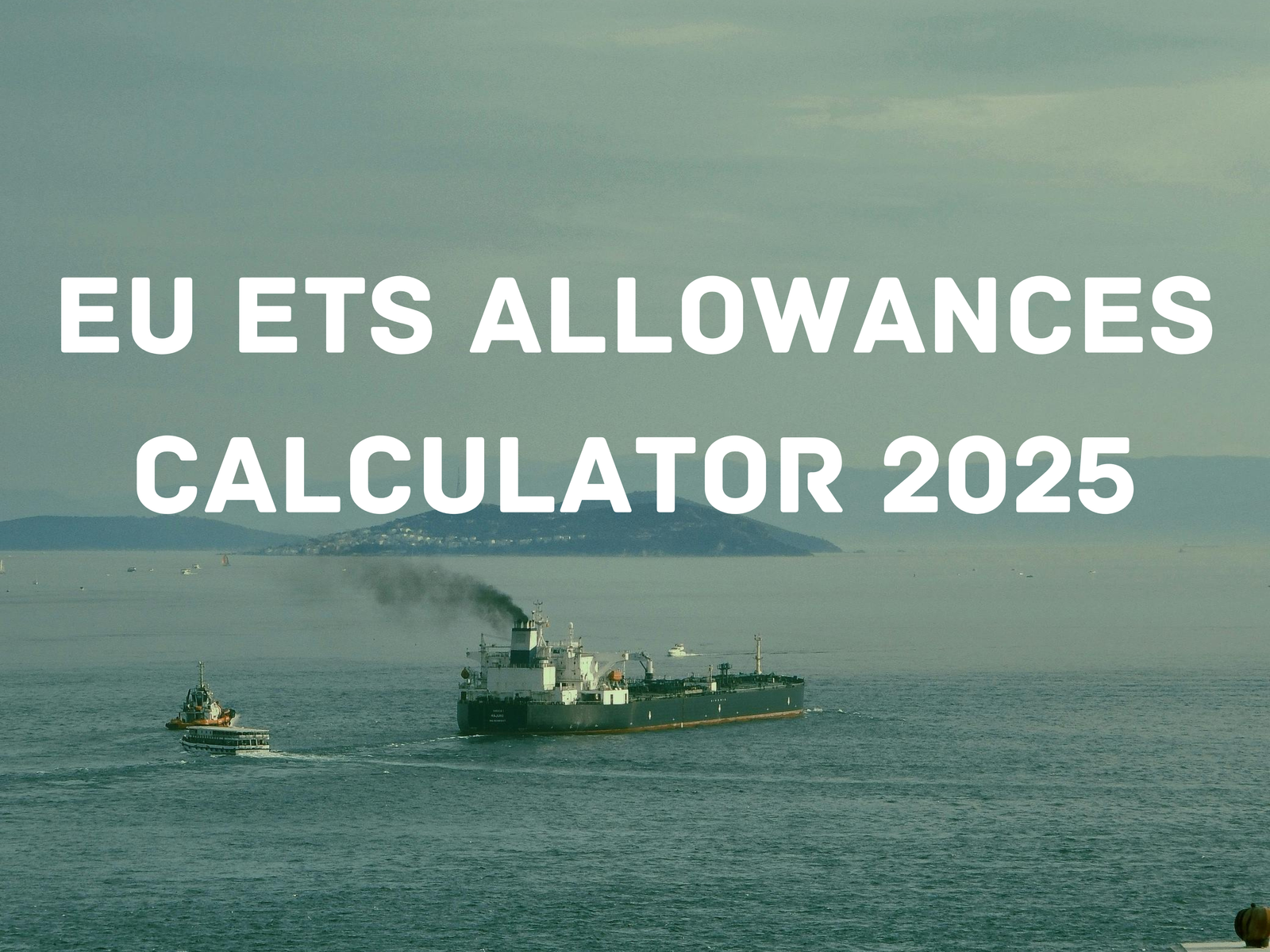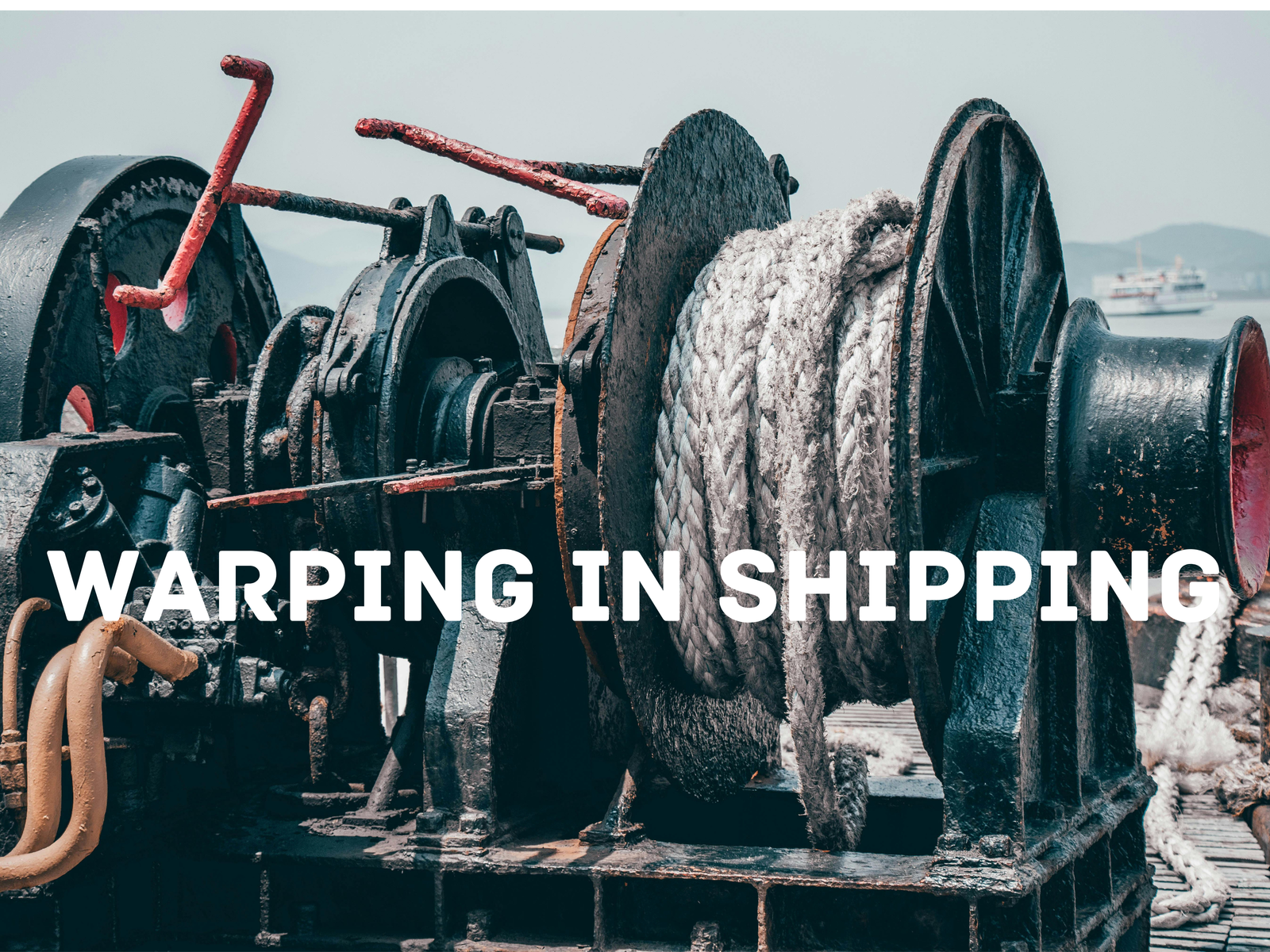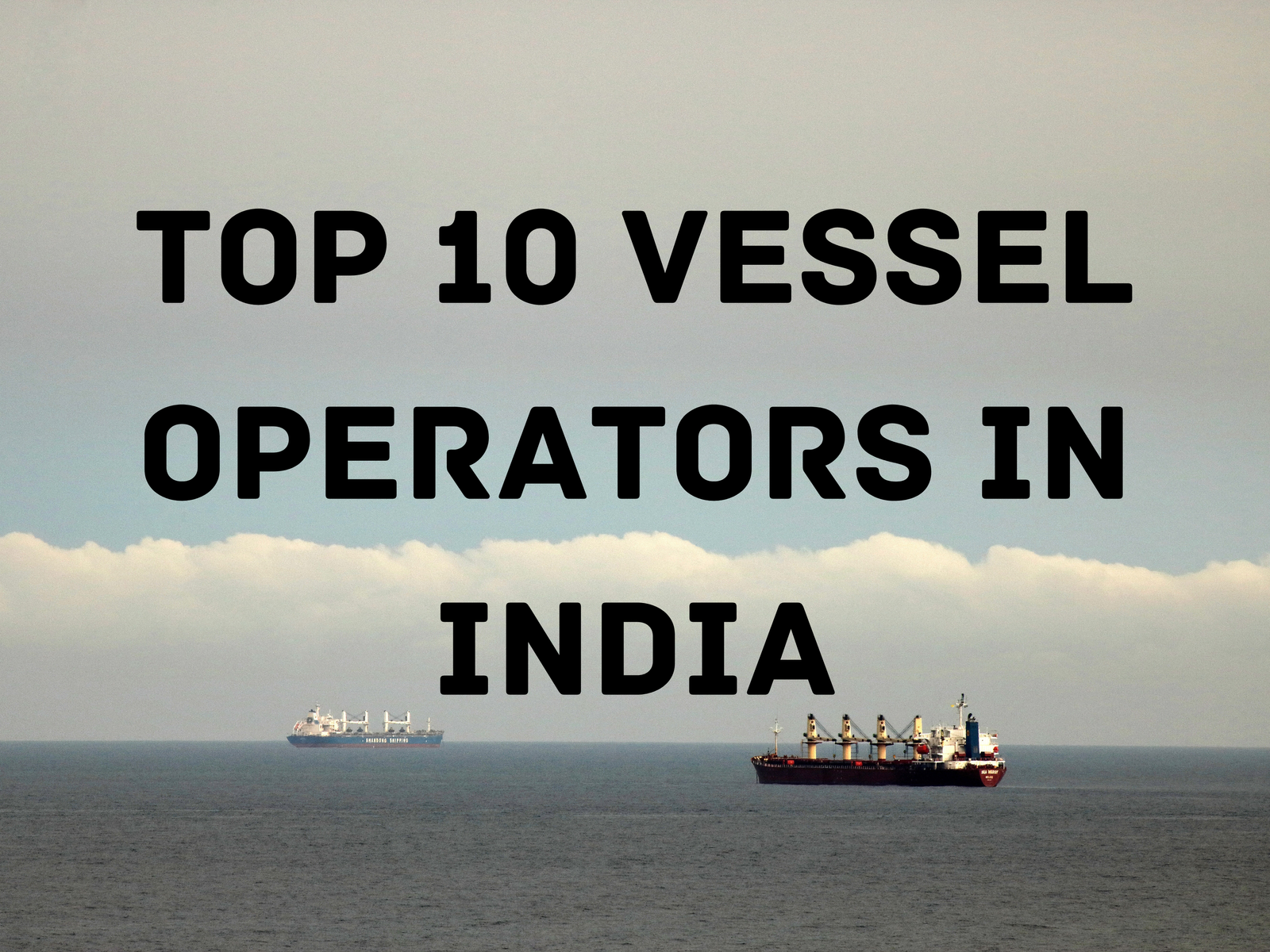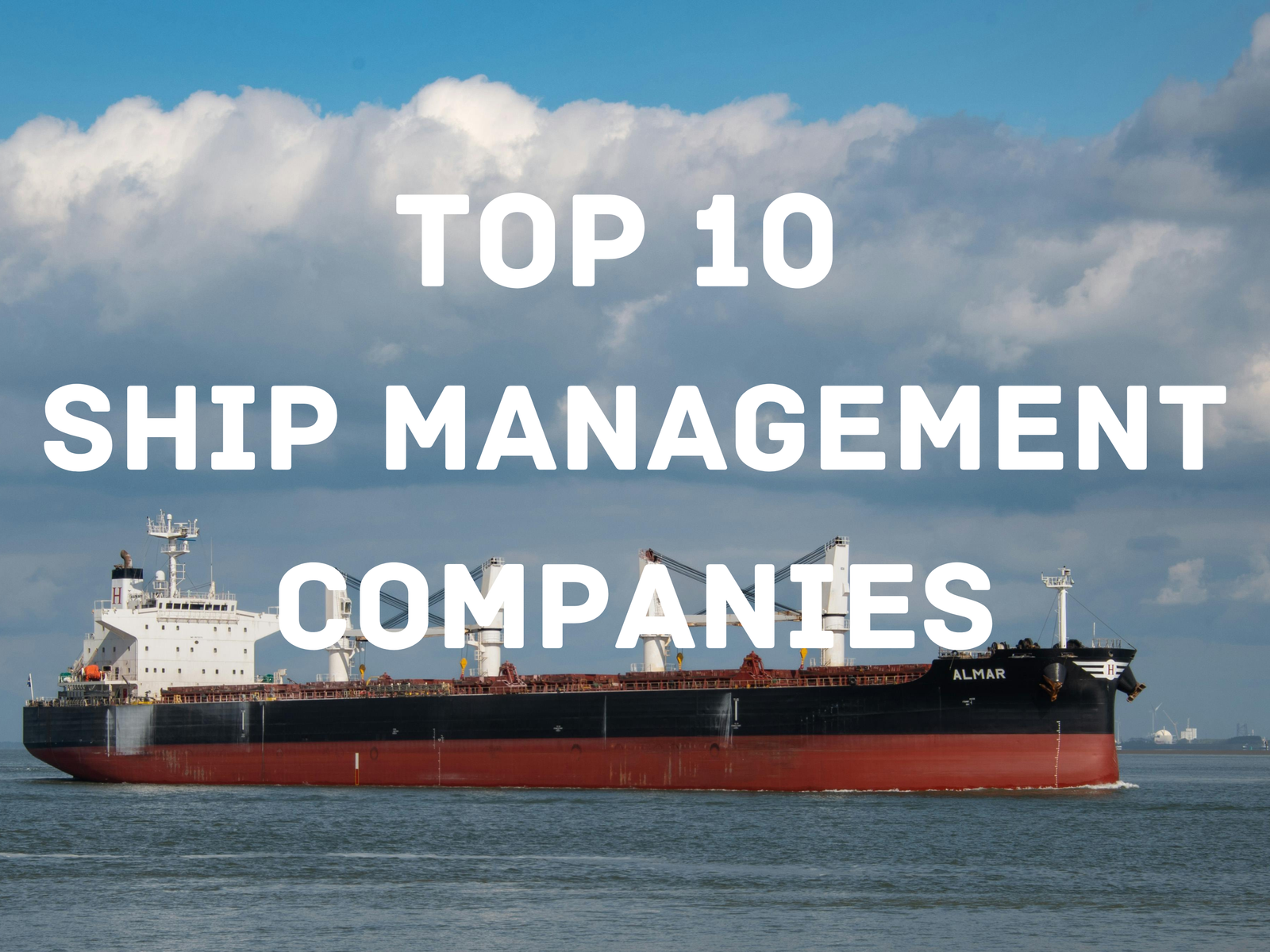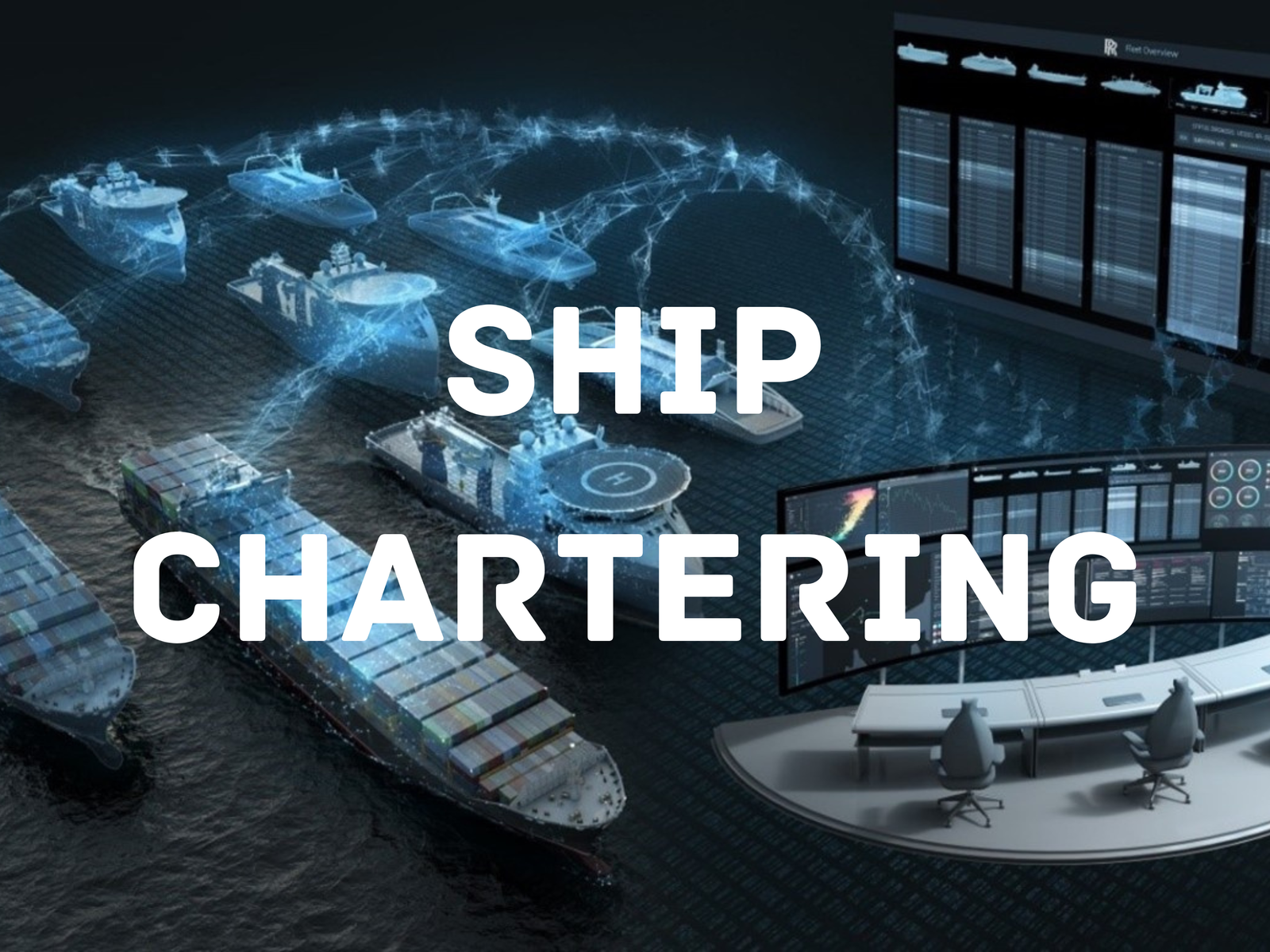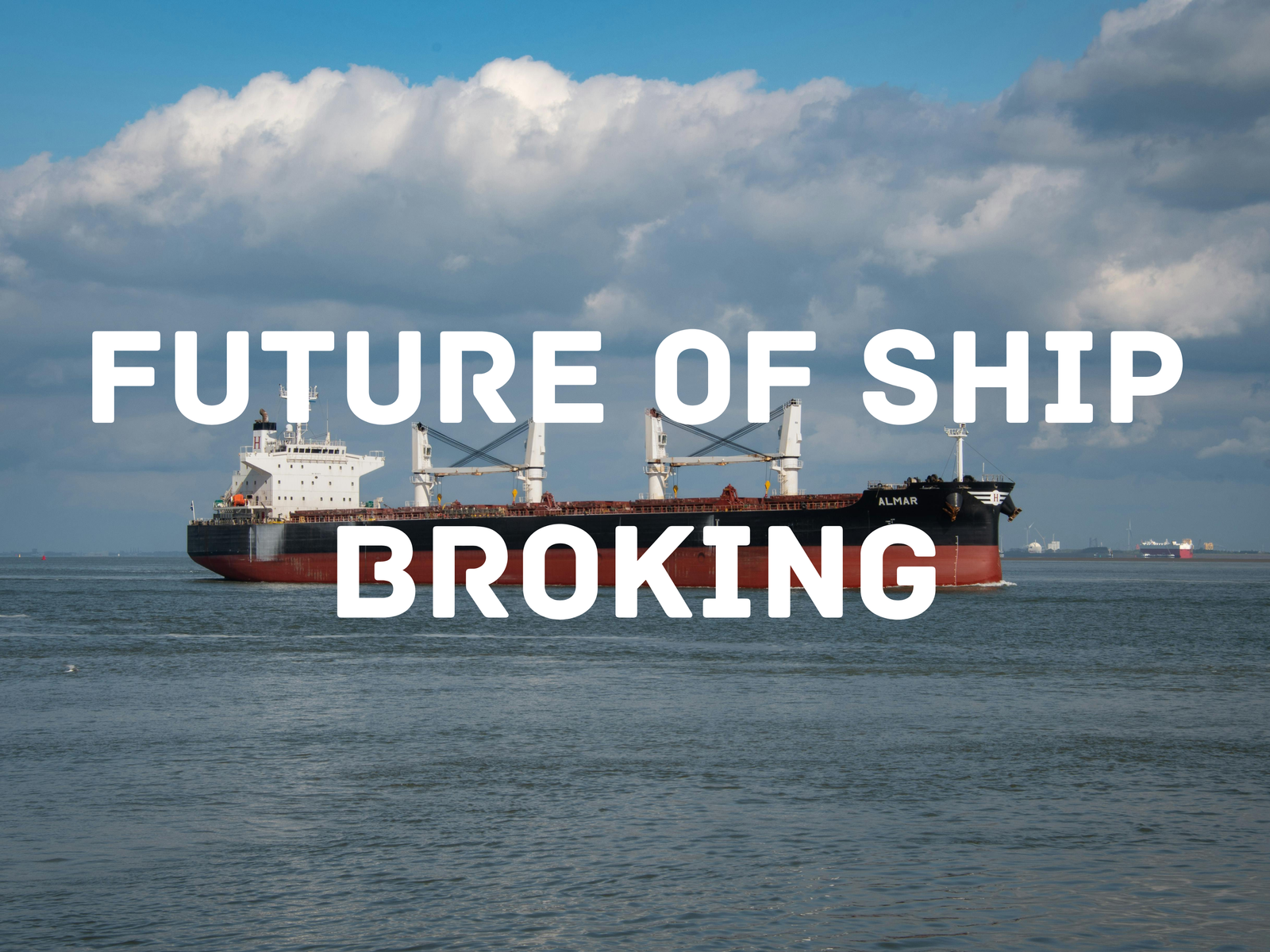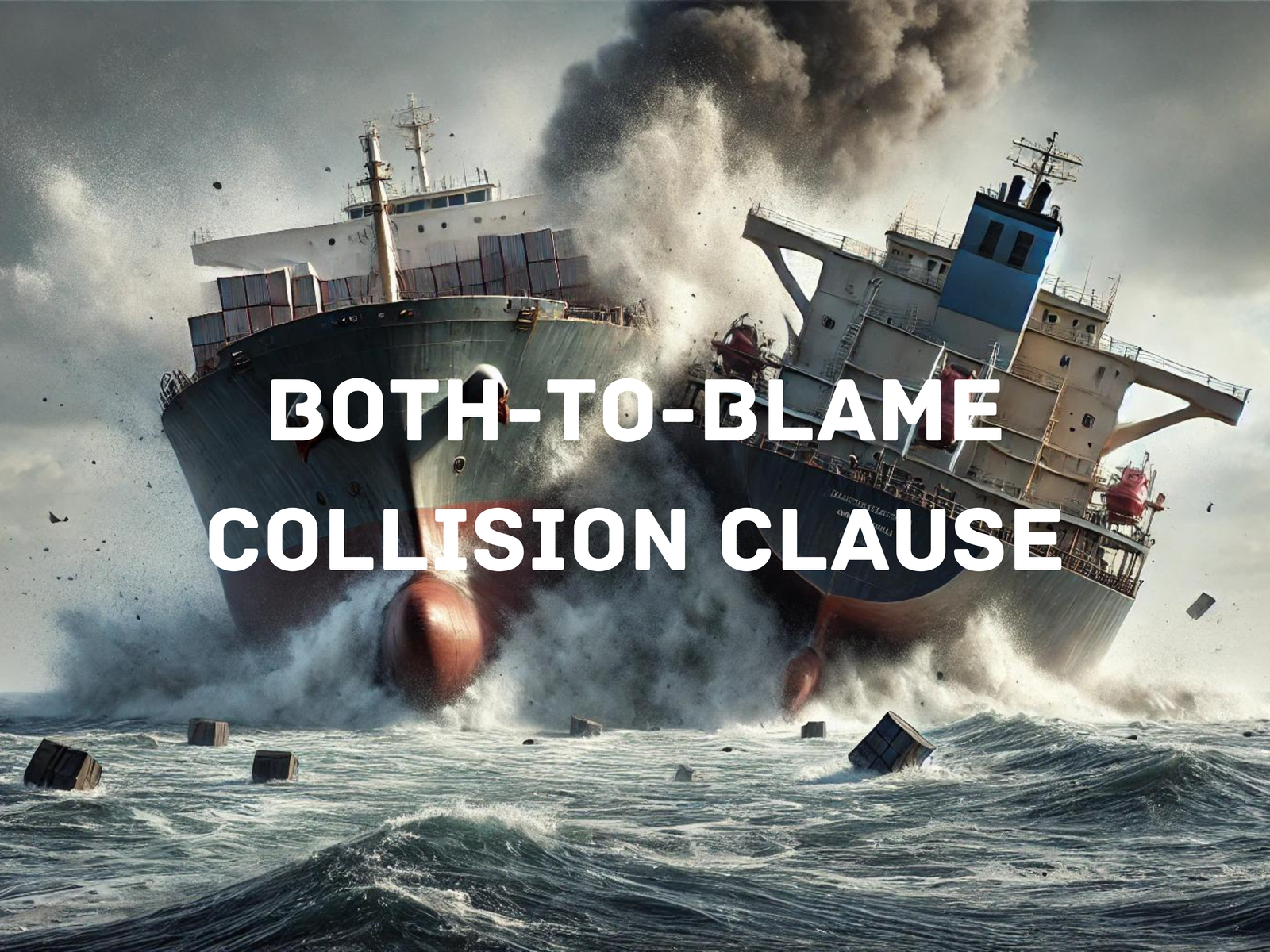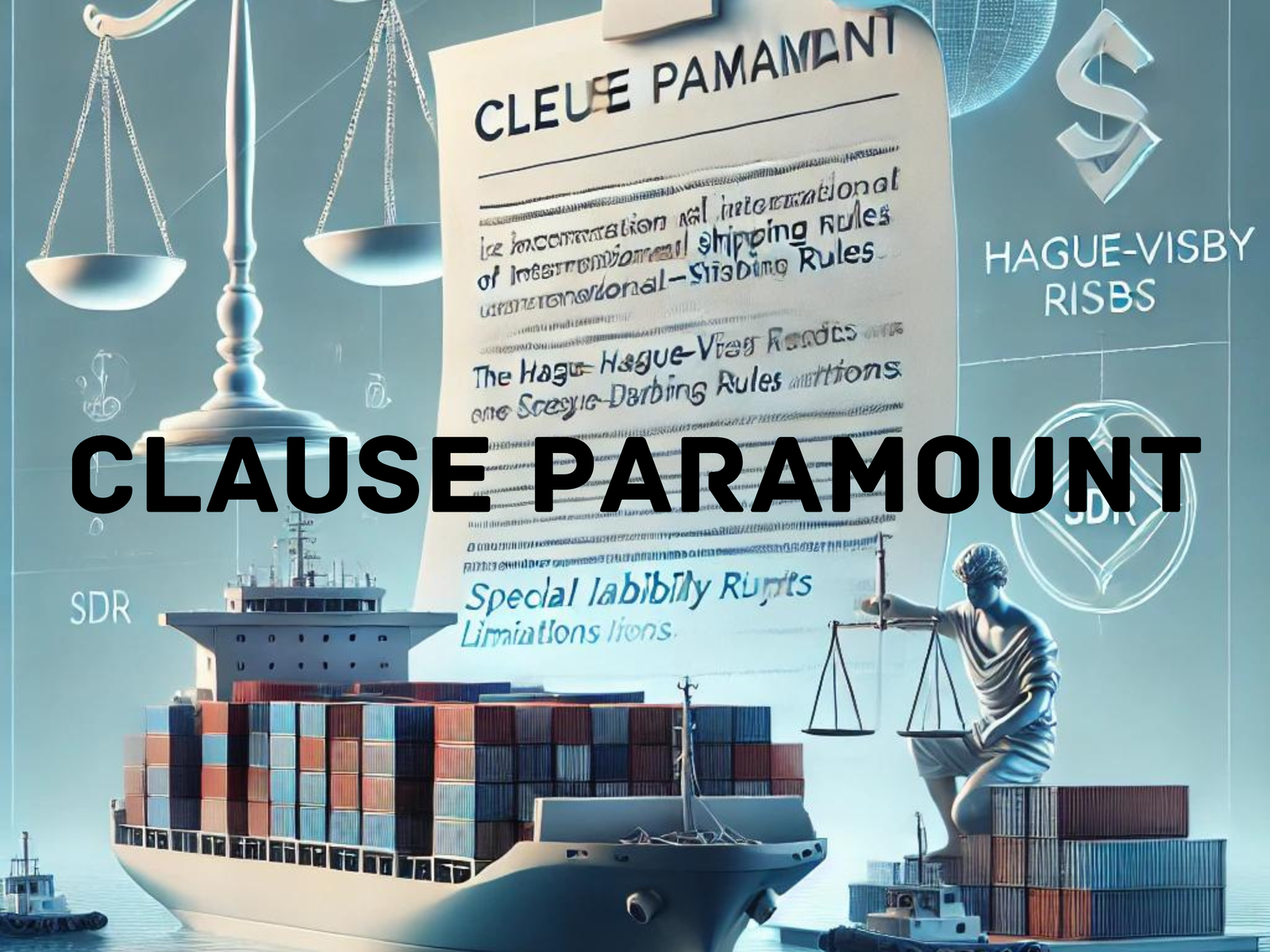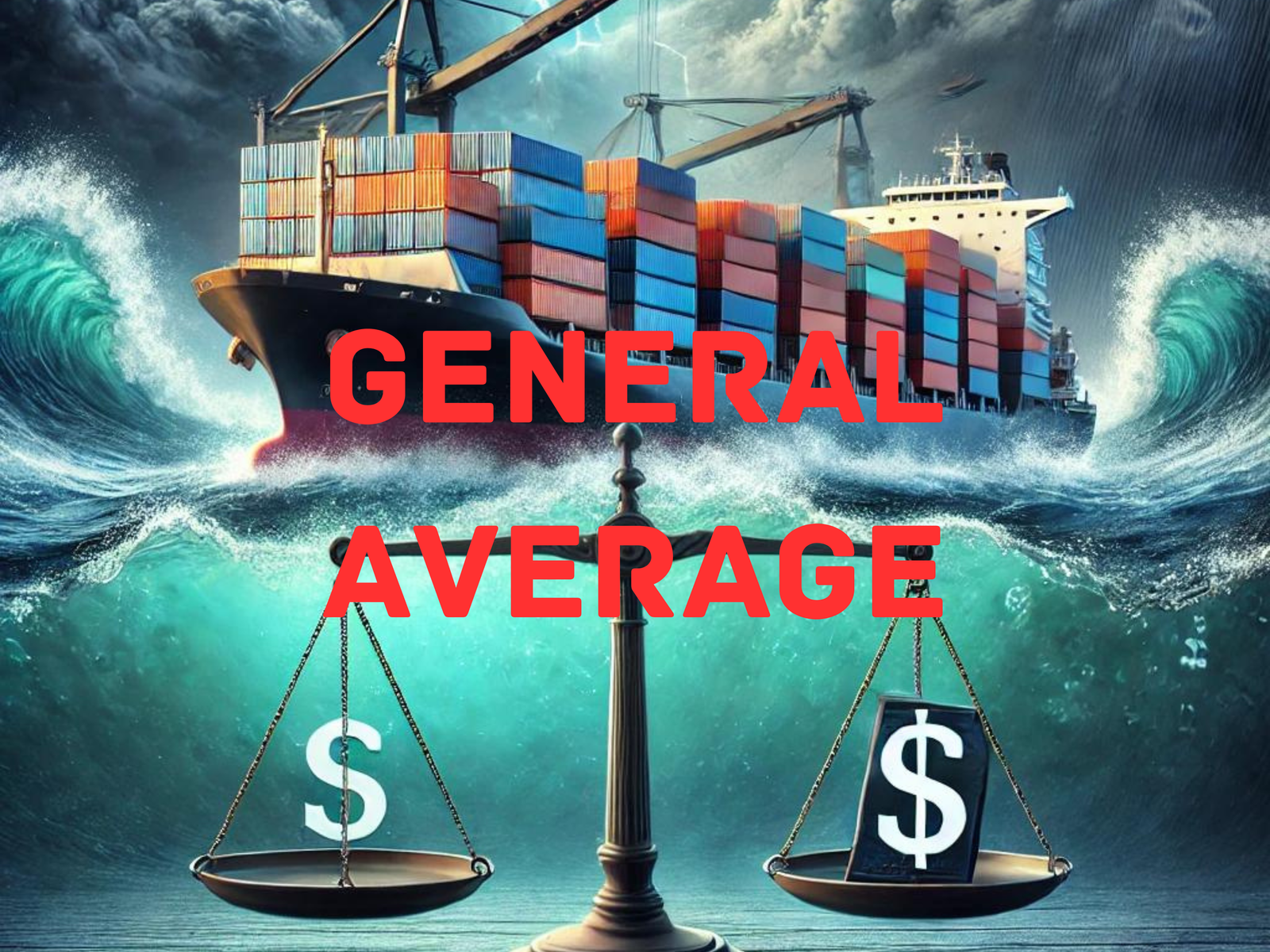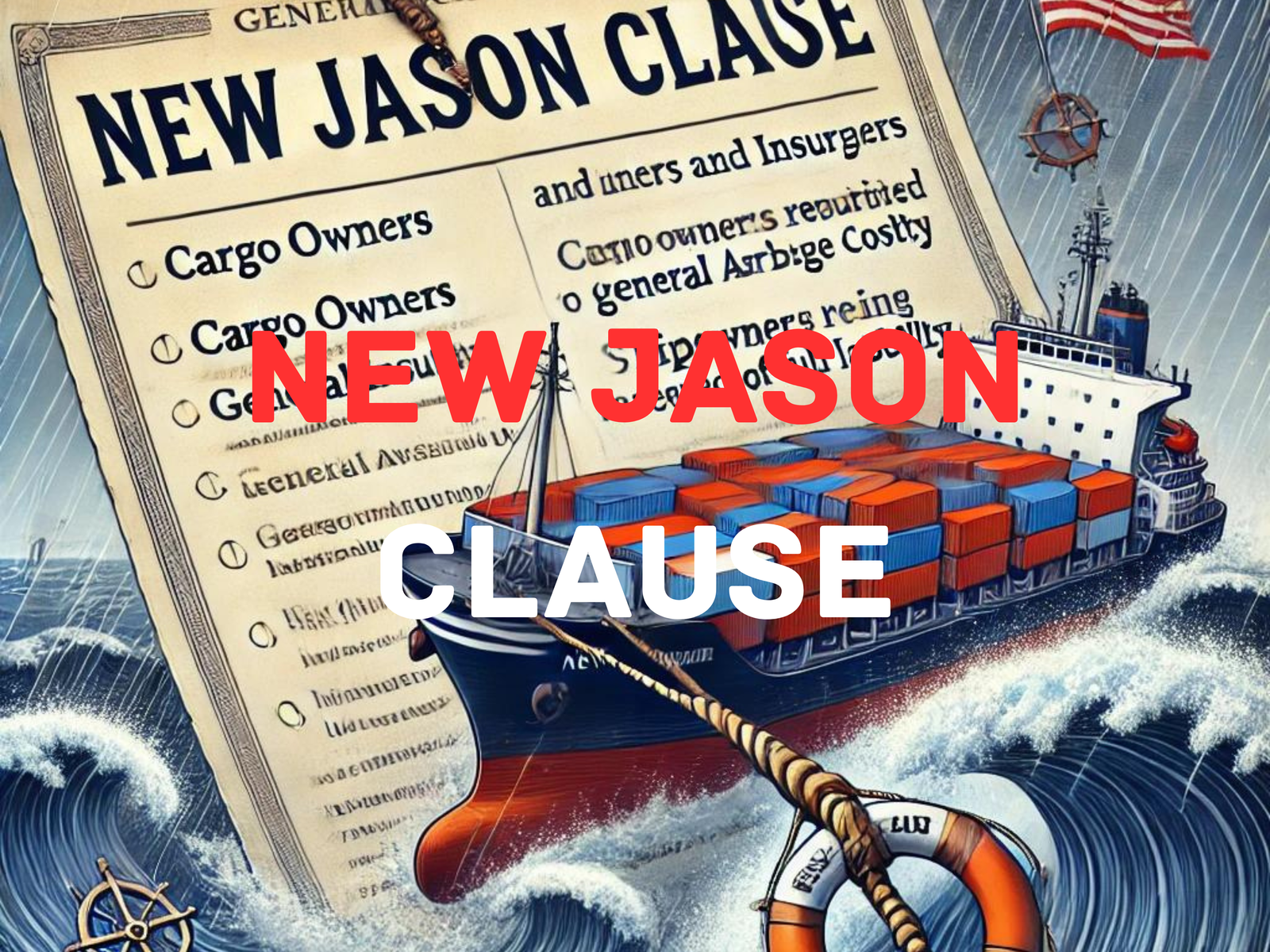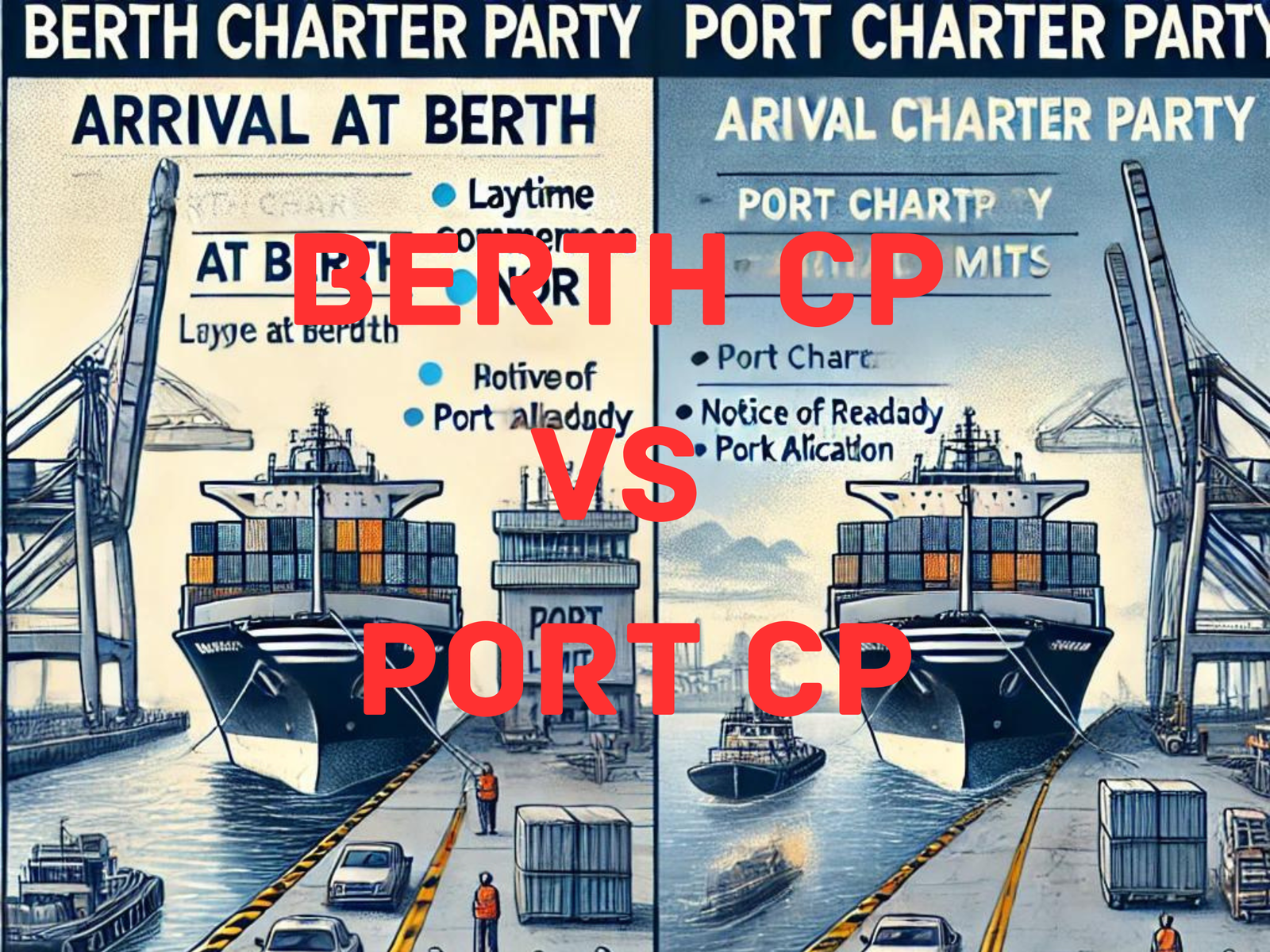The global shipping industry moves over 90% of world trade, but behind the efficiency and profit lies a hidden truth: commercial pressure in shipping is placing seafarers under immense risk. From unrealistic schedules to unsafe voyage decisions, this pressure is not only compromising safety — it is claiming lives at sea.
What Commercial Pressure Looks Like at Sea
Commercial pressure comes in many forms, both visible and invisible, that directly impact seafarer safety:
- Unrealistic sailing schedules that push ships through congested traffic lanes, piracy-prone areas, or narrow channels to save time.
- Taking risky shortcuts instead of safer longer routes, often through heavy traffic zones.
- Back-to-back port calls with little sailing distance in between, leaving no time for proper rest, tank cleaning, cargo hold preparation, or equipment checks.
- Simultaneous workload pressures where crew must complete mooring, cargo operations, paperwork, and maintenance all within limited port time.
- Weather challenges ignored when vessels are pressured to maintain schedules despite storms, cyclones, or rough seas.
- Unsafe cargo operations such as loading in poor conditions, rushing tank cleaning, or cutting corners on gas-freeing to meet deadlines.
- Inadequate rest hours as crews are forced to keep up with back-to-back operations while still maintaining safe navigation.
These situations are not exceptions — they are part of everyday reality for many crews at sea.
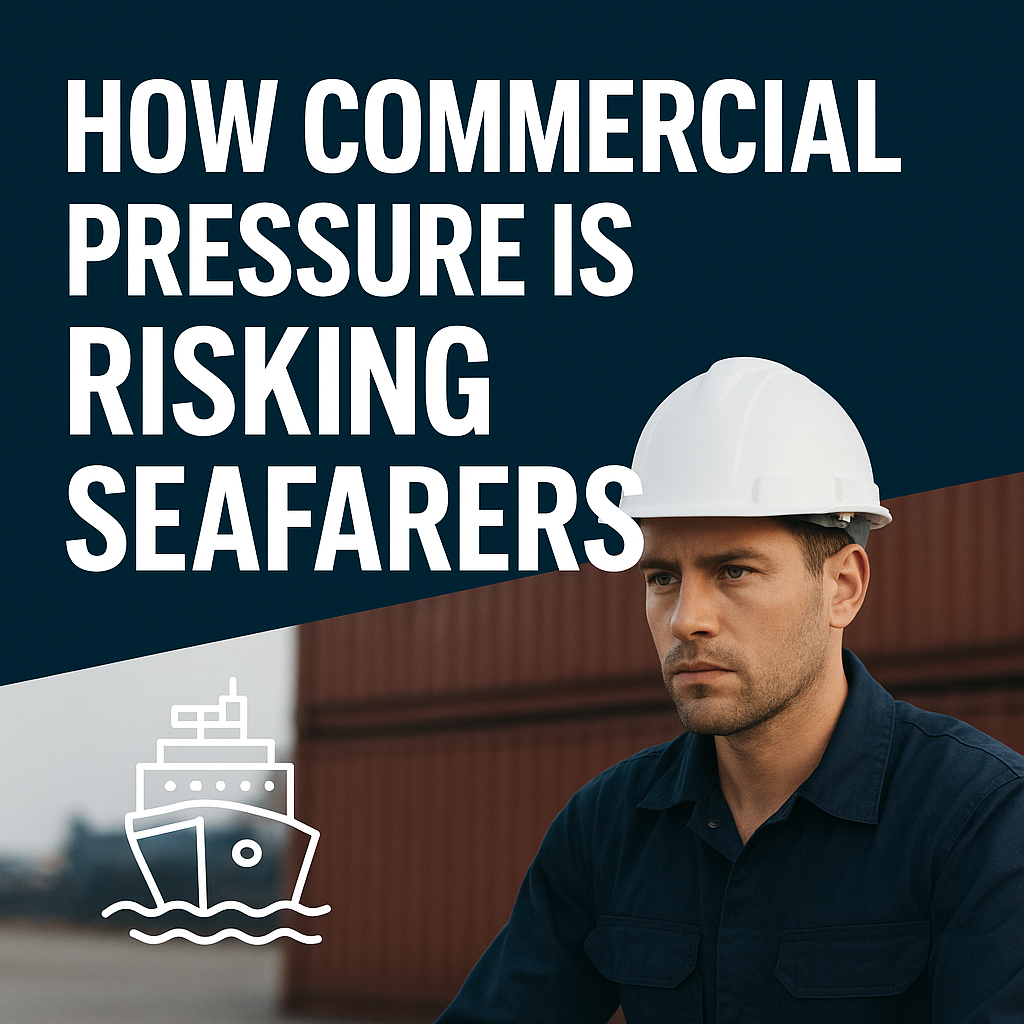
Fatigue: The Silent Killer of Seafarers
When schedules are compressed, rest is the first thing sacrificed. Fatigue builds up quickly when crews are handling:
- Consecutive port operations with no recovery time.
- Complex mooring operations at night followed by immediate sailing.
- Constant bridge watch duties in congested waters.
- Increasing paper work onboard ships, multiple 3rd party inspections, repairs & maintenance which can be done only at ports etc.
Fatigue at sea is deadly. Exhausted officers are far more likely to miss radar contacts, misjudge distances in traffic separation schemes, or fall asleep on watch. Studies show fatigue contributes to a large percentage of maritime accidents, yet pressure from owners and charterers often leaves crews with no choice but to carry on.
Weather, Traffic, and Operational Hazards
Commercial pressure forces vessels to sail when safety would advise otherwise. Examples include:
- Navigating in cyclones or monsoons to avoid delays, risking stability and cargo damage.
- Passing through congested shipping lanes at peak hours, increasing collision risks.
- Ignoring maintenance windows for critical equipment such as lifeboats, mooring winches, and navigation aids.
- Rushed tank and hold preparations, which increase the risk of cargo contamination, fires, or explosions.
Every one of these risks can escalate into a serious maritime accident, and every one is made worse by pressure from the shore.
The Mental Health Toll on Seafarers
The physical risks are only part of the story. Commercial pressure takes a heavy toll on the mental health of seafarers. Constant deadlines, lack of rest, and fear of punishment create:
- Stress and anxiety over making mistakes.
- Guilt when forced into unsafe shortcuts.
- Depression from long periods of overwork without recovery.
- Feelings of helplessness when they cannot refuse unsafe orders.
This mental burden often goes unseen, yet it has long-term consequences for the well-being of those at sea.
Why Seafarers Are Leaving the Sea
Commercial pressure is not just a safety issue — it is one of the biggest reasons why seafarers are leaving the profession altogether. Many officers and crew members are deciding not to renew contracts because the risks, stress, and lack of work-life balance outweigh the rewards. Young cadets and trainees are increasingly discouraged from pursuing long-term maritime careers after seeing the constant strain placed on senior officers.
In short, commercial pressure is driving a talent crisis in shipping, where fewer skilled seafarers are willing to stay at sea. Unless addressed, this will only worsen the global shortage of officers and compromise the industry’s future.
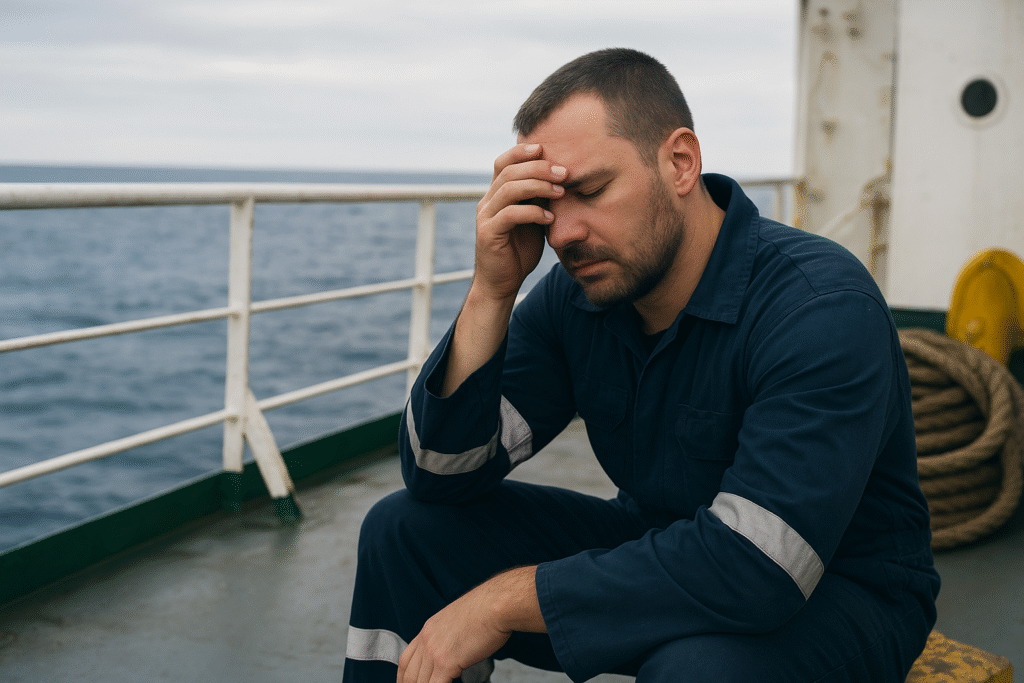
Internet Alone Is Not the Solution
Many shipowners promote onboard internet access as a way to improve seafarer welfare. While connectivity helps seafarers stay in touch with families, it is not a real solution to the core problems caused by commercial pressure. A tired, overworked crew member cannot recover just because they have Wi-Fi. What seafarers truly need are changes that reduce unsafe workloads and improve working conditions.
Another overlooked issue is that most ports do not allow shore leave or provide easy sign-off facilities. This means seafarers often spend months—even years—onboard without the basic human right of stepping ashore, adding to their physical and mental stress.
At the same time, equipment upgrades and technological advancements onshore are rapidly progressing, while ships continue to operate with the same outdated equipment and persistent technical problems. For decades, very little has changed onboard due to cost-cutting measures and the constant drive to reduce shipbuilding and maintenance expenses for owners. This results in additional workload for seafarers, who are forced to manage old, malfunctioning, or inefficient systems while still being pressured to maintain fast turnaround and operational efficiency.
Real Solutions to Tackle Commercial Pressure
To genuinely protect seafarer safety and retain talent, the shipping industry needs practical solutions, not token gestures:
- Realistic voyage planning: Allow buffer times for weather, congestion, and safe navigation rather than enforcing rigid schedules.
- Adequate manning levels: Ensure ships are properly staffed so work and rest hours can be realistically maintained.
- Stronger fatigue management: Monitor work/rest hours honestly and treat violations as safety concerns, not paperwork issues.
- Safer port turnarounds: Give crews enough time for mooring, cargo operations, tank/hold cleaning, and rest between port calls.
- Mental health support: Provide access to confidential counseling services and shore-based assistance, not just internet access.
- Safety-first contracts: Charterparty terms should recognize safety delays as legitimate and non-penalizing.
- Empowered reporting: Create a culture where seafarers can refuse unsafe instructions without fear of losing their jobs.
Who Holds Responsibility?
While crews are on the frontline, the root cause of commercial pressure lies higher up the chain:
- Charterers demanding strict arrival windows and penalizing delays.
- Owners and operators cutting costs by reducing crew numbers and resources.
- Port stakeholders pushing for faster turnarounds at the expense of safety.
Passing the burden down to seafarers is neither fair nor sustainable. True accountability must rest with decision-makers ashore.
Conclusion
Commercial pressure is often invisible to the outside world, but for seafarers it is a daily reality — one that pushes them into unsafe waters, rushed operations, and dangerous levels of fatigue. From sailing through congested straits to handling multiple port operations with no rest, the demands of global trade are slowly but surely risking the lives of seafarers.
And beyond the immediate safety threats, this pressure is also pushing skilled seafarers away from the profession — creating a long-term crisis for global shipping.
The answer is not simply giving crews internet access. The industry must provide real solutions: fair contracts, safe schedules, proper manning, and a genuine safety-first culture. Because no schedule, no cargo, and no profit is worth the life — or the future — of a seafarer.

